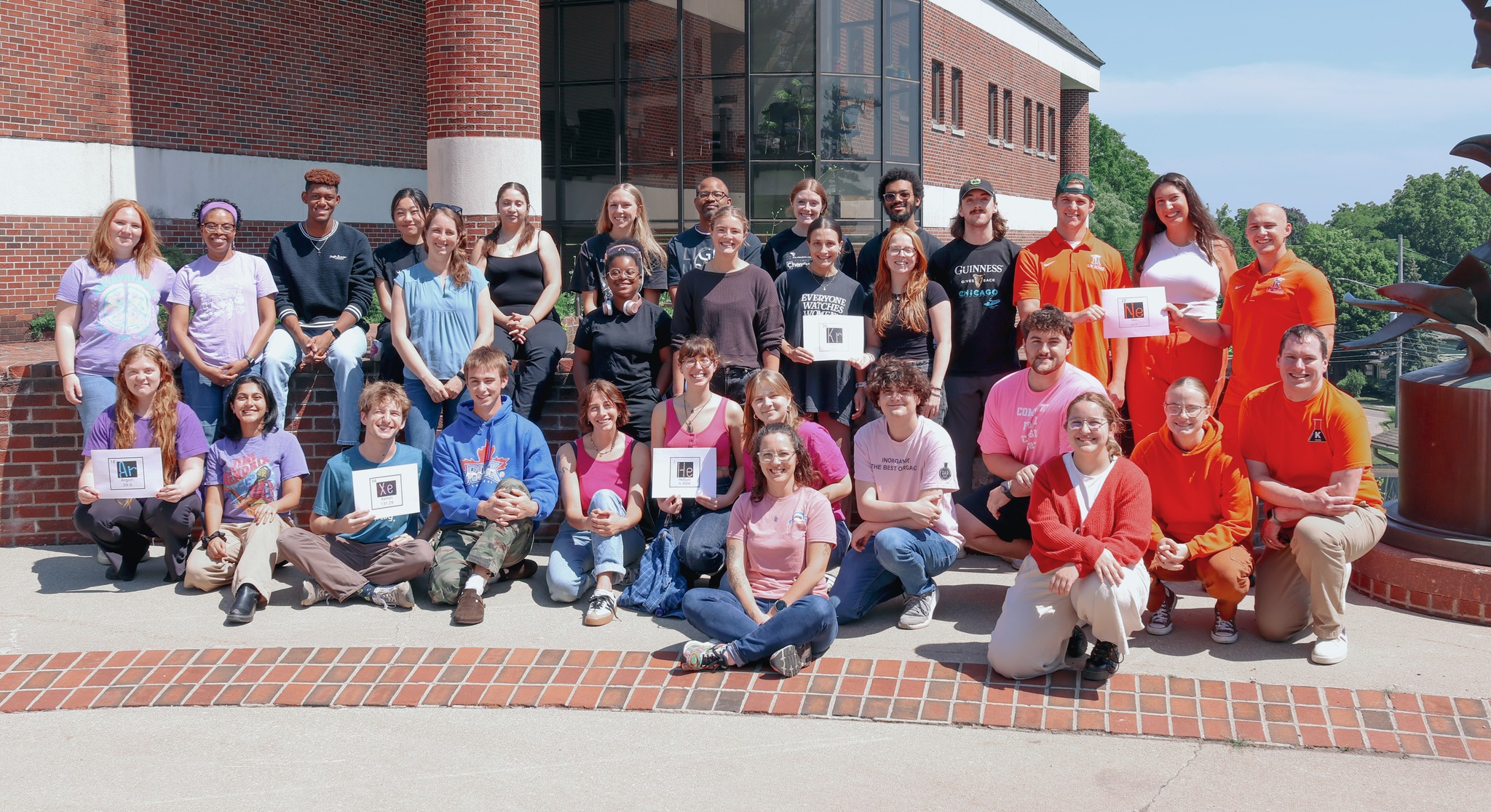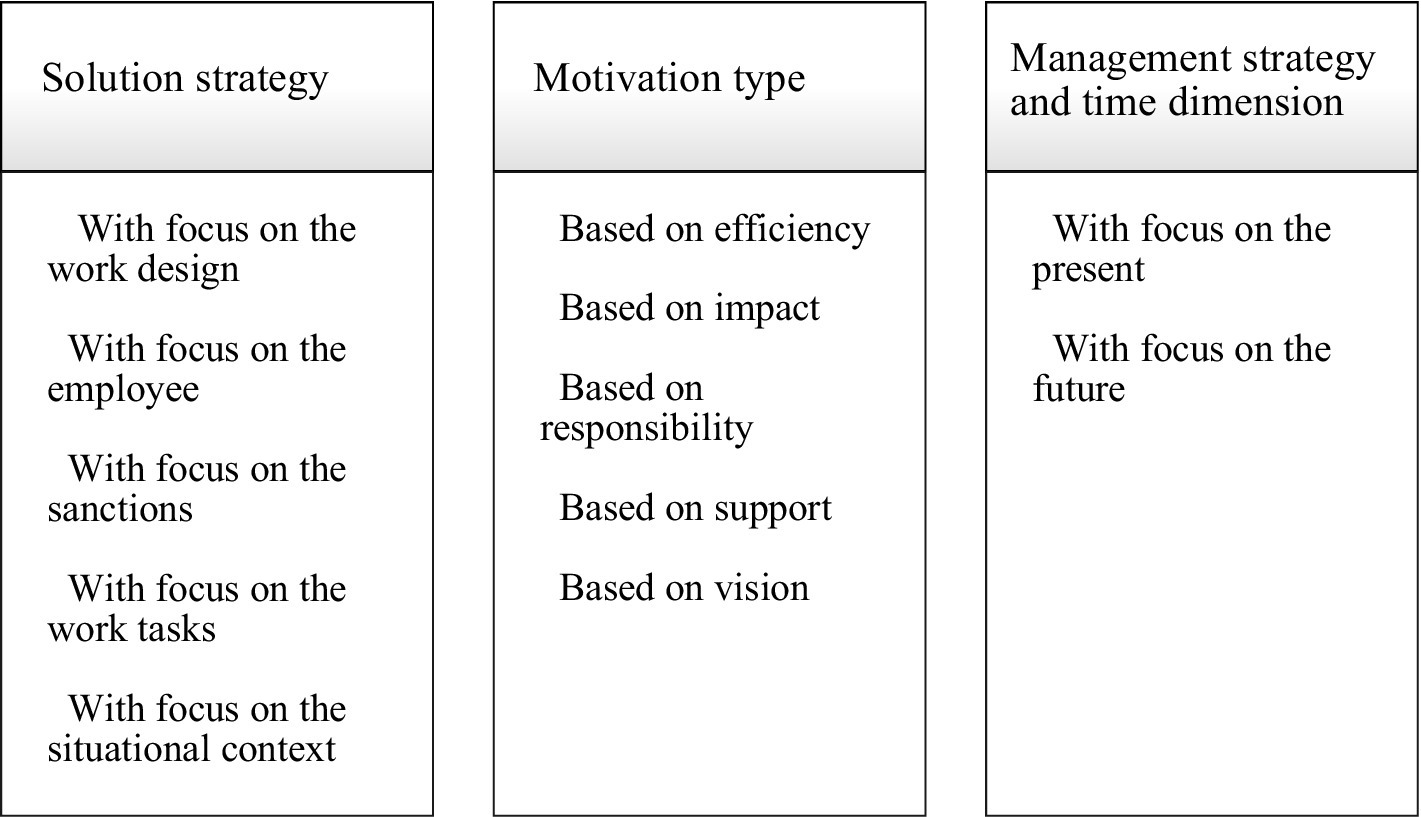Report on Public Official’s Remarks and Implications for Sustainable Development Goals
A recent incident involving Quincy Mayor Thomas Koch has brought to light significant challenges related to achieving key Sustainable Development Goals (SDGs), particularly those concerning justice, equality, and institutional accountability. The Mayor’s comments on a radio program regarding the Catholic Church’s clergy abuse scandal have drawn criticism from advocacy groups and raised concerns about public leadership’s role in upholding principles central to the 2030 Agenda for Sustainable Development.
Analysis in the Context of SDG 16: Peace, Justice, and Strong Institutions
The Mayor’s statements directly impact the principles of SDG 16, which aims to promote peaceful and inclusive societies, provide access to justice for all, and build effective, accountable, and inclusive institutions at all levels.
Undermining Institutional Accountability (Target 16.6)
The remarks attempted to minimize the scope of a systemic institutional failure by:
- Characterizing the clergy abuse crisis as “mostly homosexual issues, not pedophilia.”
- Asserting that abuse by coaches and teachers is more frequent but receives less media attention, deflecting from the specific institutional accountability of the Church.
Such statements undermine efforts to develop the effective and transparent institutions mandated by SDG Target 16.6 by downplaying a significant historical failure of institutional responsibility.
Impact on Justice and Protection of Children (Targets 16.2 & 16.3)
The comments create barriers to justice for survivors and contravene the goal of protecting children from violence.
- Mischaracterization of Victims: By suggesting teenage victims do not fall under the category of pedophilia, the remarks dismiss the experiences of a significant portion of survivors. This contradicts data from a 2004 John Jay College of Criminal Justice report, which found the average age of victims to be 12.6 years.
- Failure to Protect Children: The denial of the scale of abuse within the community is a disservice to child protection efforts, a core component of SDG Target 16.2 (End abuse, exploitation, trafficking and all forms of violence against and torture of children).
Implications for SDG 10 (Reduced Inequalities) and SDG 5 (Gender Equality)
The Mayor’s language perpetuates harmful stereotypes and contributes to the marginalization of vulnerable groups, in direct opposition to the goals of reducing inequality and achieving gender equality.
Perpetuation of Discrimination (Targets 10.2 & 10.3)
The conflation of homosexuality with pedophilia serves to scapegoat and discriminate against the LGBTQ+ community. This action is inconsistent with SDG Target 10.2, which calls for the social and political inclusion of all, irrespective of status, and Target 10.3, which aims to eliminate discriminatory practices. Advocacy groups noted that this link has been repeatedly refuted by scientific experts.
Dismissal of Victims (Target 5.2)
The Survivors Network of those Abused by Priests (SNAP) stated that the Mayor’s comments effectively dismiss the experiences of multiple victim groups, undermining SDG Target 5.2 (Eliminate all forms of violence against all women and girls). The dismissed groups include:
- Middle-school and high-school boys.
- Every girl and woman who has been assaulted within the Church.
Stakeholder Responses and Subsequent Actions
Advocacy Group Condemnations
- Survivors Network of those Abused by Priests (SNAP): The group expressed outrage, labeling the crisis as “the widespread and systemic rape and sexual assault of children and vulnerable people facilitated and concealed by Catholic bishops.”
- Voice of the Faithful: The lay Catholic group’s vice president, Margaret Roylance, called the correlation between homosexuality and predatory behavior “clearly incorrect” and emphasized that abuse within the Church represents a profound “betrayal of trust and faith.”
Mayoral Apology
Following the public response, Mayor Koch issued a statement and a public apology at a school committee meeting. He referred to his comments as “ill-thought remarks” and stated, “I know better and will do better.” This action represents a step toward institutional accountability, acknowledging that his words failed the standard of his faith to “love one another and not judge.”
1. Which SDGs are addressed or connected to the issues highlighted in the article?
SDG 16: Peace, Justice and Strong Institutions
- The article’s central theme is the sexual abuse of children within the Catholic Church, which represents a profound failure of a major institution to protect vulnerable people and ensure justice. The discussion revolves around violence against children and the systemic concealment of these crimes, directly engaging with the core principles of SDG 16. The Survivors Network of those Abused by Priests (SNAP) describes the issue as “the widespread and systemic rape and sexual assault of children and vulnerable people facilitated and concealed by Catholic bishops around the world,” highlighting the institutional failure.
SDG 5: Gender Equality
- This goal is relevant as the mayor’s comments are criticized for dismissing female victims. The article quotes a spokesperson for SNAP, who states that the comments “completely dismiss every girl or woman who has been assaulted in the Catholic Church.” Furthermore, the article provides general statistics on sexual abuse, noting that “one in five females are victims of sexual abuse,” which underscores the gendered dimension of sexual violence discussed.
SDG 10: Reduced Inequalities
- The article addresses SDG 10 through its focus on the discriminatory and harmful stereotypes perpetuated by Mayor Koch’s comments. By stating that the abuse scandal was “mostly homosexual issues, not pedophilia,” he conflates sexual orientation with criminal behavior, scapegoating the gay community. This is a clear example of promoting discriminatory attitudes against a specific group, which runs counter to the goal of reducing inequalities and ensuring inclusion for all.
2. What specific targets under those SDGs can be identified based on the article’s content?
SDG 16: Peace, Justice and Strong Institutions
- Target 16.2: End abuse, exploitation, trafficking and all forms of violence against and torture of children. This is the most directly relevant target. The entire article discusses the “priest pedophile crisis” and the “sexual assault of children.” The John Jay College report is cited, stating the average age of victims was 12.6 years old, confirming the focus is on violence against children.
SDG 5: Gender Equality
- Target 5.2: Eliminate all forms of violence against all women and girls in the public and private spheres. This target is identified through the criticism that the mayor’s remarks “completely dismiss every girl or woman who has been assaulted in the Catholic Church.” The article also references the broader societal issue by quoting a statistic that “one in five females are victims of sexual abuse,” directly addressing the prevalence of violence against women and girls.
SDG 10: Reduced Inequalities
- Target 10.3: Ensure equal opportunity and reduce inequalities of outcome, including by eliminating discriminatory… practices and promoting appropriate… action in this regard. The mayor’s “ill-thought remarks” that the crisis was “mostly homosexual issues” are a form of discriminatory rhetoric that promotes inequality. The backlash from advocate groups, who note that “The conflation of homosexuality and pedophilia has been repeatedly refuted by medical and scientific experts,” highlights the need to eliminate such discriminatory views.
3. Are there any indicators mentioned or implied in the article that can be used to measure progress towards the identified targets?
Indicators for SDG 16
- Prevalence of violence against children: The article provides specific data points from the 2004 John Jay College report that serve as indicators of the scale and nature of the abuse. These include:
- The average age of alleged victims being 12.6 years old.
- The finding that 81% of alleged victims were male.
- Societal prevalence of abuse: The article also mentions broader statistics, such as “one in 10 males” are victims of sexual abuse, which can be used as a baseline indicator for measuring violence against children.
Indicators for SDG 5
- Prevalence of violence against women and girls: The article explicitly states a statistic that can be used as an indicator: “In general, one in five females are victims of sexual abuse.” This figure directly measures the extent of sexual violence against females in society.
Indicators for SDG 10
- Prevalence of discriminatory attitudes: While not a quantitative metric, the mayor’s statement that the abuse was “mostly homosexual issues” serves as a qualitative indicator of existing discriminatory attitudes and beliefs within a community. The public apology and criticism from advocate groups represent actions taken to counteract these discriminatory views, which can be seen as a measure of progress towards eliminating them.
4. Create a table with three columns titled ‘SDGs, Targets and Indicators” to present the findings from analyzing the article.
| SDGs | Targets | Indicators |
|---|---|---|
| SDG 16: Peace, Justice and Strong Institutions | 16.2: End abuse, exploitation, trafficking and all forms of violence against and torture of children. |
|
| SDG 5: Gender Equality | 5.2: Eliminate all forms of violence against all women and girls in the public and private spheres. |
|
| SDG 10: Reduced Inequalities | 10.3: Ensure equal opportunity and reduce inequalities of outcome, including by eliminating discriminatory practices. |
|
Source: wgbh.org







